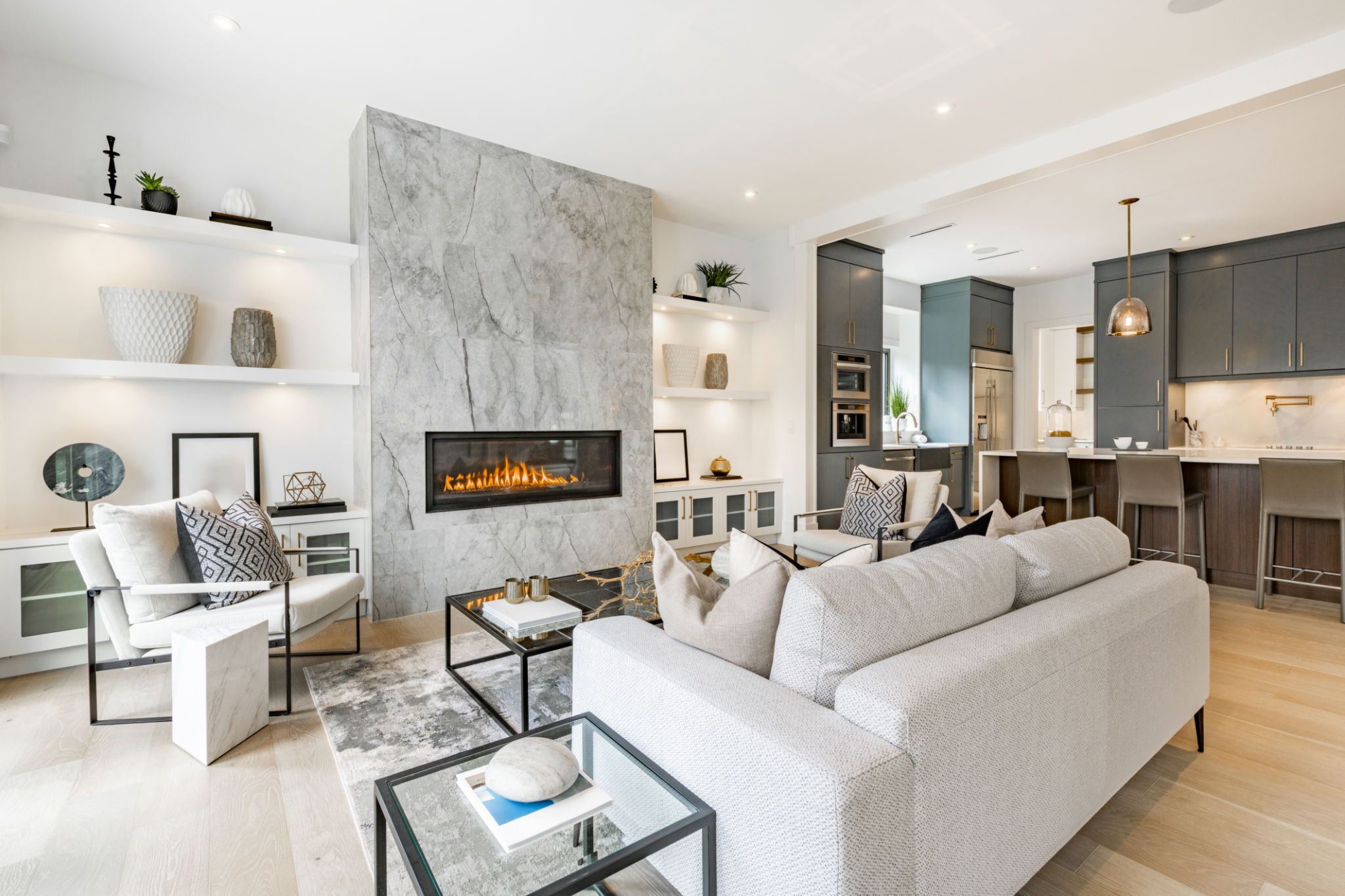Common Misconceptions About Paint Color Selection and How to Avoid Them
Understanding Paint Color Selection
Choosing the right paint color can be a daunting task for many homeowners. Often, there are common misconceptions that can lead to less-than-ideal outcomes. By understanding these misconceptions, you can make a more informed decision and achieve the perfect look for your space.
One of the most prevalent misconceptions is that a paint color will look the same in every room. In reality, light plays a significant role in how we perceive color. The same paint can appear drastically different depending on the lighting conditions and the time of day.

Relying Solely on Paint Chips
Another common mistake is relying solely on small paint chips to make a decision. These chips can be misleading as they don't allow you to see how the color will look on a larger scale. It's essential to test paint samples on your walls to see how they interact with your space's natural and artificial lighting.
Testing Before Committing
Before committing to a color, purchase a small sample and apply it to a section of your wall. Observe it at different times of the day to understand how it changes with varying light conditions. This step can save you from costly mistakes and ensure that you're happy with the final result.

The Influence of Furniture and Decor
Many people overlook how their existing furniture and decor can affect their paint choice. A color that looks stunning in a showroom might clash with your current furnishings. Always consider how the paint will complement or contrast with your existing elements.
Creating a Cohesive Look
To create a cohesive look, consider bringing in swatches of your upholstery, curtains, or other significant decor pieces when selecting paint colors. This will help you visualize the overall effect and ensure harmony within the space.

Ignoring Undertones
Undertones are subtle hues that can dramatically alter the appearance of a color. A seemingly neutral color might have warm or cool undertones that become evident once applied to large surfaces. Ignoring these undertones can lead to unexpected results.
Identifying Undertones
To identify undertones, compare the paint swatch with true whites or other neutral tones. This comparison can reveal hidden undertones that might not be immediately apparent, helping you avoid surprises once the paint is applied.

The Myth of White Walls
There's a popular belief that white walls are always a safe and versatile choice. While white can indeed be versatile, it also comes with its own set of challenges. Different shades of white have distinct undertones, and choosing the wrong one can make a space feel cold or stark.
When selecting white, pay attention to the undertones and how they work with your overall design scheme. Warmer whites can create a cozy atmosphere, while cooler whites might be better suited for modern, minimalist spaces.

